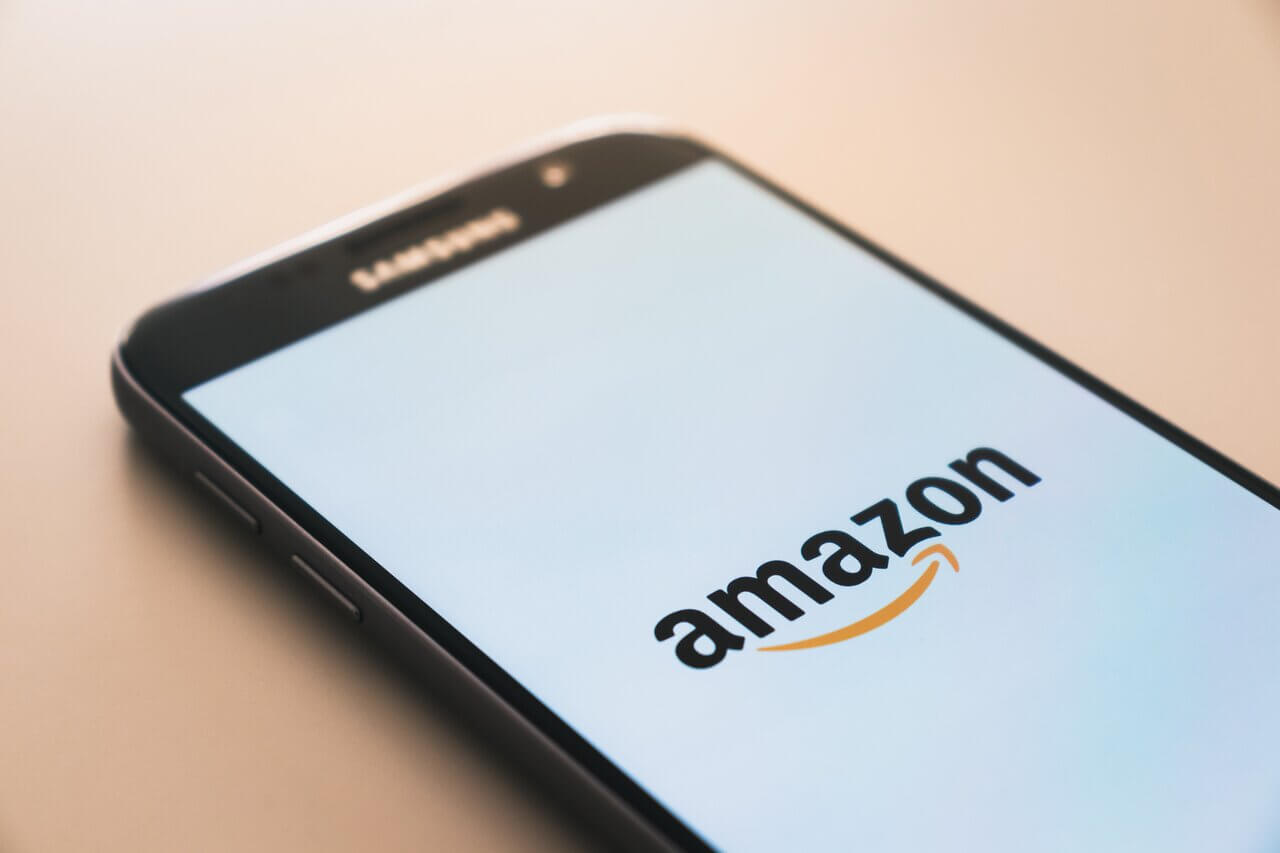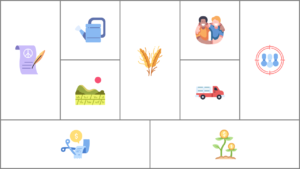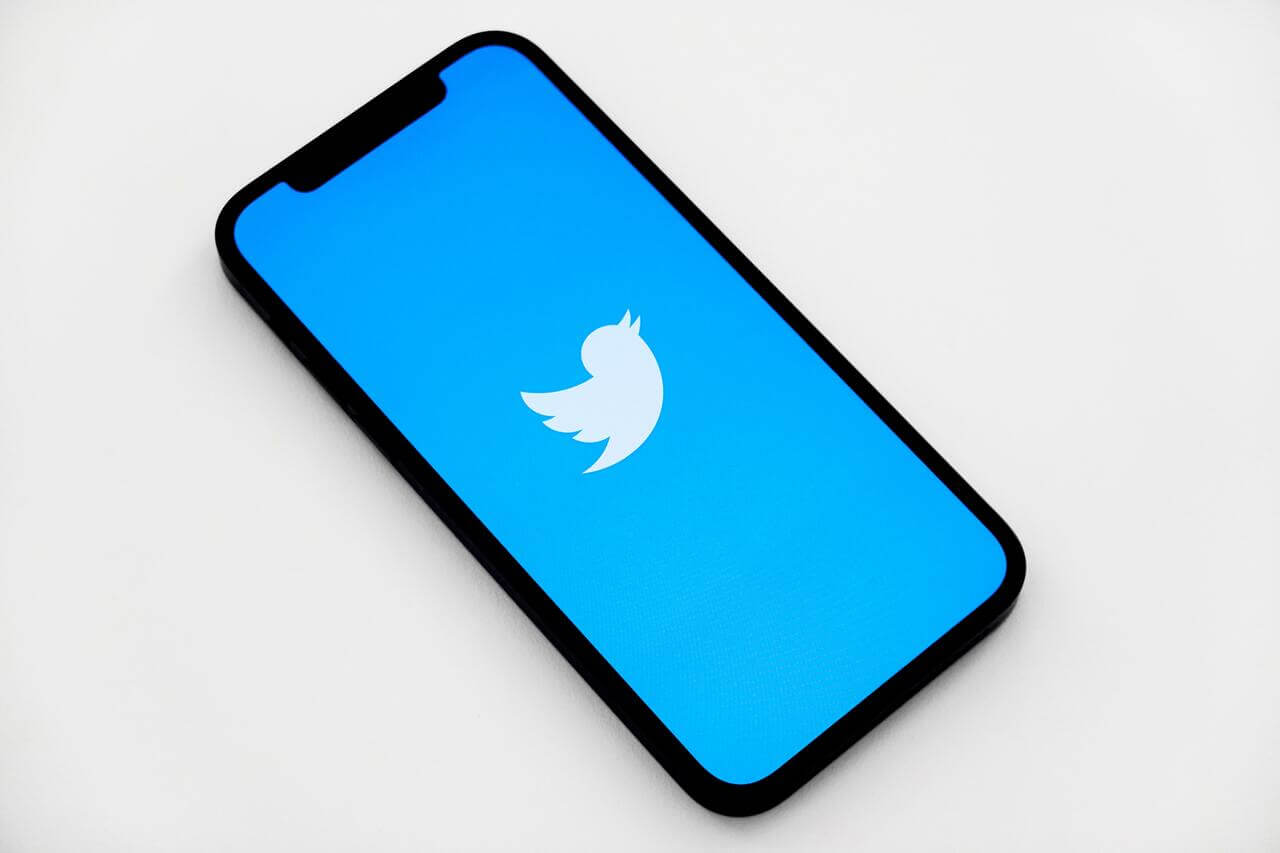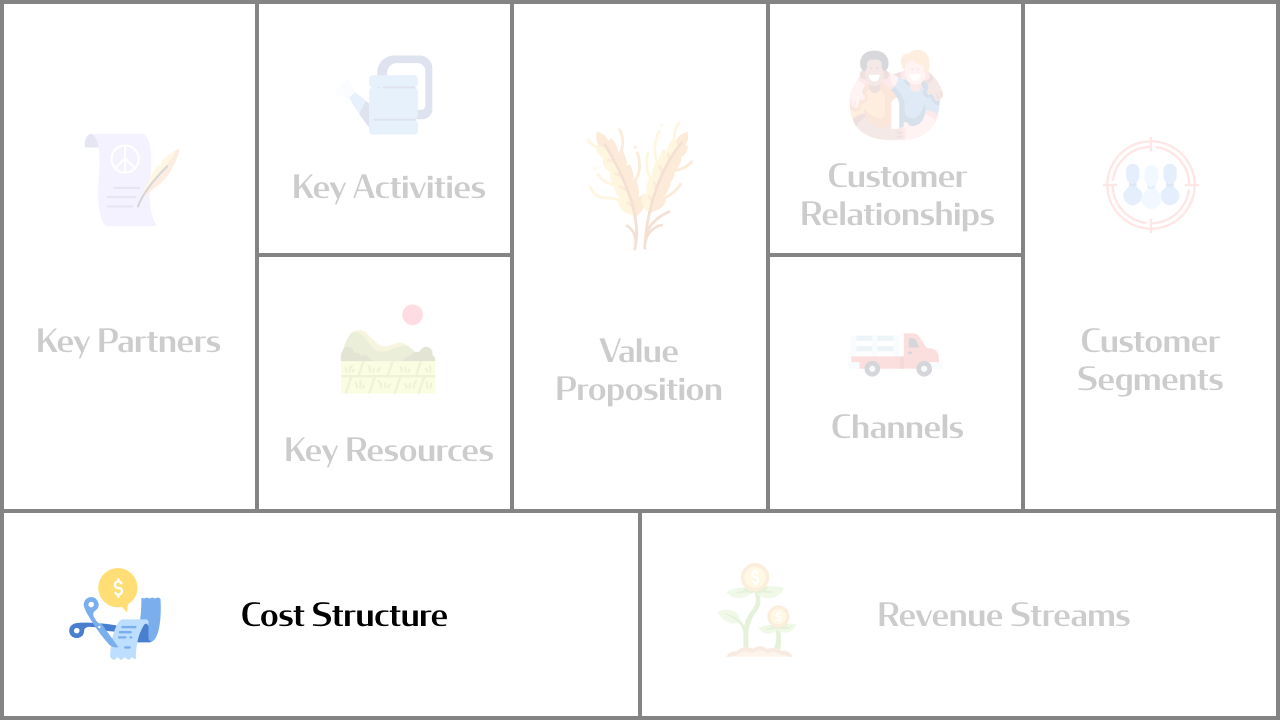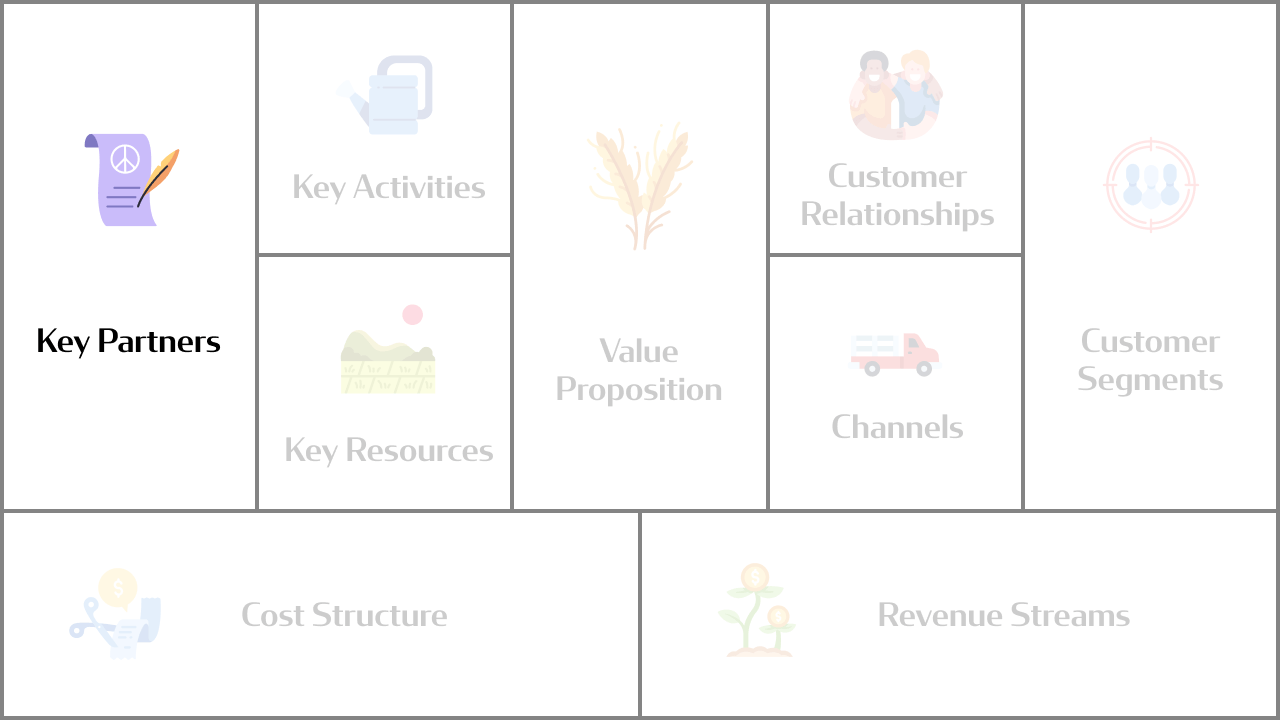On the Business Model Canvas, the Key Resources segment refers to the supplies, assets, and materials required to deliver your value proposition to your customer segment. So, for instance, if you own a coffee shop, then coffee beans will obviously be an essential resource. However, you’ll need to look at your key resources in respect of the whole business model canvas.
Your key resources cannot be viewed from one angle. So a key question is: “what resources do you need to support other segments of your business model canvas?”
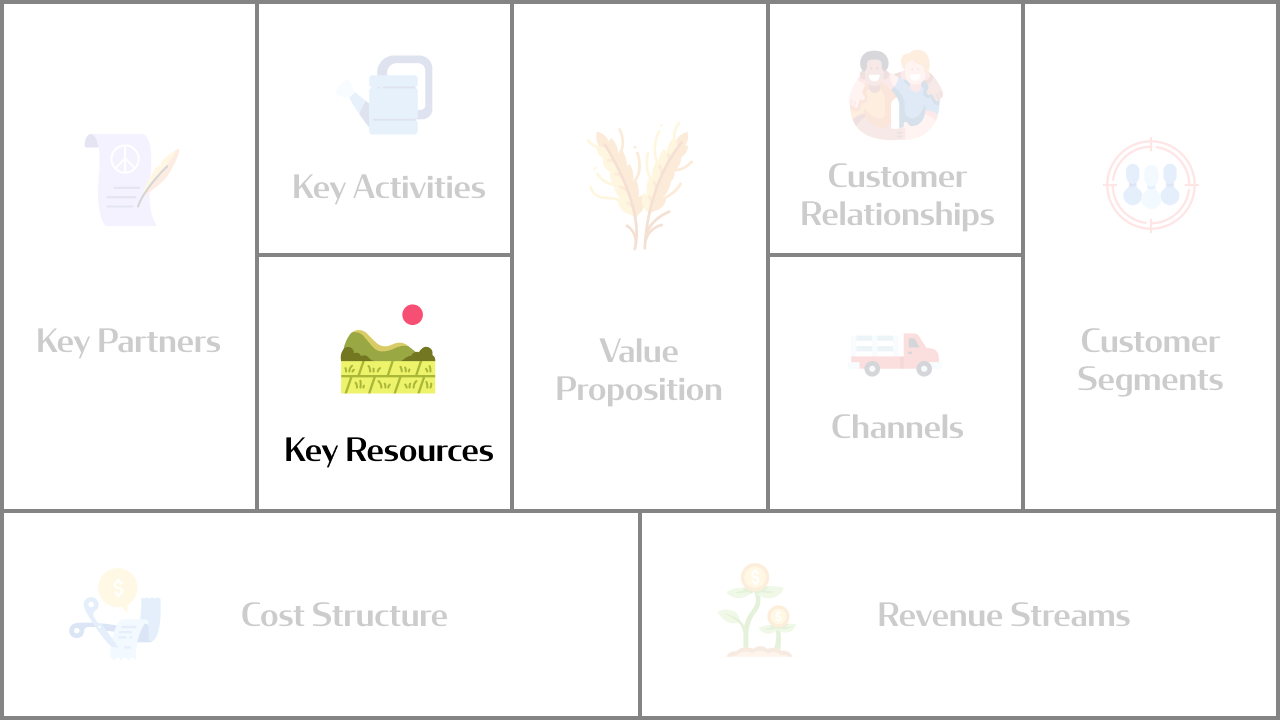
What are Key Resources?
So what is the definition of key resources? Key resources refer to the necessary products and services that increase your value proposition. Essential key resources are crucial to the success of your business, without them your value proposition is compromised. Key Resources can be physical, financial, intellectual, human, and relational. It all depends on your business model.
The management of key resources is in-house, meaning it’s up to you to determine the resources necessary for your business to run. If you are working with a shipping partner who ships your products for you, some key resources for your business would be the technology, warehouses, and employees needed to ensure that operations go smoothly between your company and the Key Partner.
For example, during Netflix’s early years, one of its key partners was the United States Postal Service (USPS) who shipped DVDs via mail to customers. Some key resources for them were the technology needed to process all the DVD orders and update the inventory system and the employees at the logistic centers. When the DVDs were returned, they sorted and scanned the UPC barcodes on the special Netflix envelopes. Additionally, employees had to inspect the returned DVDs to ensure they weren’t broken or too damaged to play.
Key resources can also evolve as the company grows and expands. Looking back at Netflix, in the early days, the company’s key resources were their DVD collection and cost-effective mail-order system. Today, Netflix’s key resource is undoubtedly the original content they produce. And the rights to stream online video content from the deals they brokered with some of the biggest production studios.
Types of Key Resources
One way to think about the resources and assets your business depends on is to split them into four broad types.
- Physical resources
Physical resources are tangible assets used to create a value proposition. Examples of physical resources include inventory, equipment, point-of-sale systems, computers, machines, buildings, distribution networks, and manufacturing plants. All these enable your business to function.
An essential resource for Amazon, for example, is its fulfillment centers (warehouses), where they sort, pack, and ship orders. Without adequate infrastructure, Amazon would fail to keep up with the demands and needs of their customers.
What happens if inventory is not delivered on time? What happens to your business operations?
You will need to make a comprehensive list of the physical resources you need for your business. This can help you plan for future emergencies, such as finding alternate equipment sources or gathering the names of repair companies. You must be aware of the physical dependencies of your company and its most vital components.
- Intellectual resources
Most companies depend on specialized knowledge to maintain competition with other businesses. This type of knowledge can take many different forms: software algorithms, product manufacturing, intangible resources like your brand, intellectual property, partnerships, customer lists, and even product designs are valuable resources to factor into your Business Model Canvas.
Intellectual resources take some time and money to develop; such extensive measures should be taken to ensure that you own the rights to these intellectual resources. Filing for copyrights, trademarks, and patents is one way to do this.
Nike, for example, is heavily dependent on its brand to sell their products to a customer segment that is devoted to the brand. Similarly, Microsoft relies on software that has been tweaked and perfected over years of trial and error. Other businesses like Google have substantial intellectual resources such as softwares, patents, and trademarks and view these resources as a significant driver of business growth.
For example, the number of patents filed by Google between 2011 and 2012 grew by 170%. Apple’s patents grew by 68% in the same period.
- Human resources
No matter what your business model looks like, people will always be one of the most essential foundational resources. However, they are easily the most overlooked assets. Companies in the service industries specifically require a lot of human resources such as customer service representatives, software engineers, etc.
Uber, for example, is heavily dependent on the network of drivers that join the platform as employees. Another example is Amazon. Amazon truck drivers are essential human resources and combined with the trucks (physical resources), they deliver goods to Amazon customers.
All you need to do for this section of the BMC is identify your ‘human resources’ and then figure out how to retain them and continue enabling their skills.
We may have a lot of automation nowadays. However, human capital is still the number one driving force for any business. Individuals trained in specific skills or those with market-related experience are crucial key resources.
- Financial resources
Money is another crucial essential resource, and it includes things like cash and lines of credit. In fact, one of the primary reasons why some businesses fail is running out of money. Most start-ups fail because they are not making enough revenue (via revenue streams or funding) to sustain and grow their business.
Your business will need access to physical cash, a line of credit, or even a loan at support. Additionally, a sufficient flow of money is required to care for business obligations such as paying employees, rent, utilities, etc.
How to Define Your Key Resources
To identify the things your business can not operate without. A good exercise would be to think about your entire business model and determine the most crucial things required during a typical day of operation.
The following are some questions you can ask yourself:
- What tools do you need to produce your product or service?
- What are tangible and intangible assets required to market it to your customer segments?
- Would it increase your value proposition if you add this as a key resource?
- Would it decrease or compromise your value proposition if you remove this from a list of key resources?
- Does this resource give you an edge over the competition?
- What assets would enable you to attract more customers?
- What assets would make running a business much easier?
- What kind of trampolines you need in order to scale up your business?
All businesses face challenges regardless of how prepared they are. Understanding the resources your company needs for daily operations is crucial in insulating it from unforeseen obstacles.



